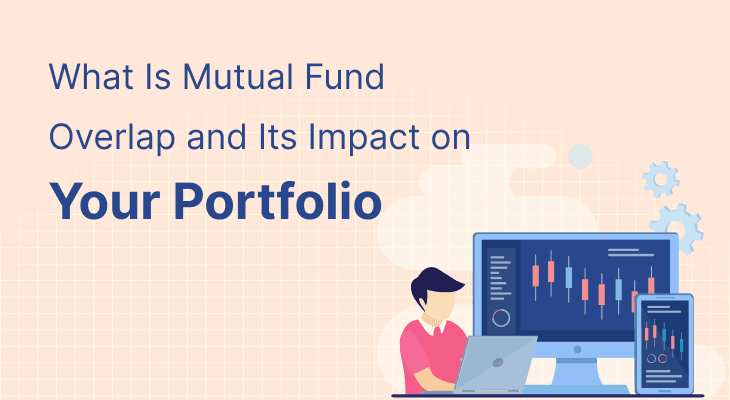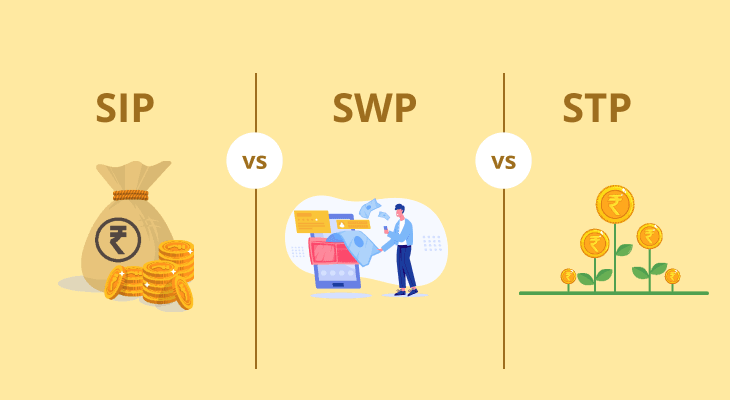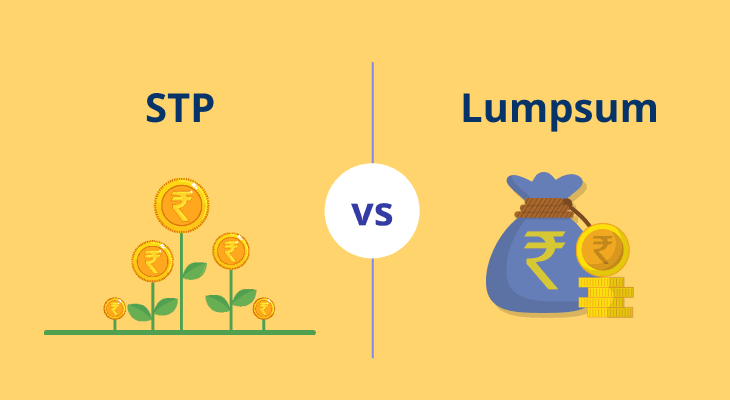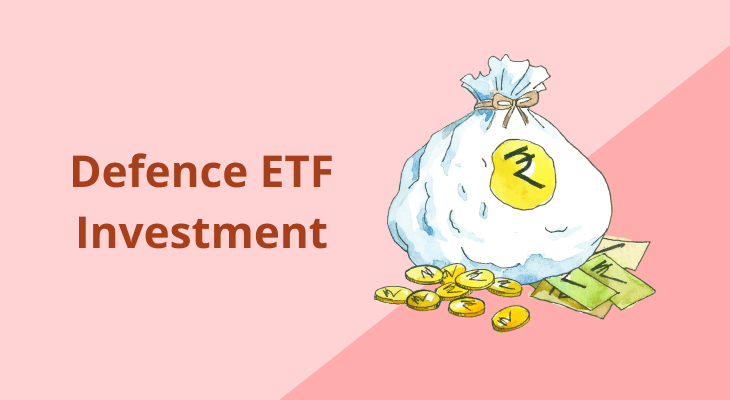
Table of content
- What is Mutual Funds Overlap?
- What is Mutual Fund Portfolio Overlap?
- Effects of Mutual Fund Overlap
- How Can You Reduce Portfolio Overlap in Your Holdings?
- Process for Identifying Mutual Fund Portfolio Overlap
- How Can You Reduce Mutual Fund Portfolio Overlap?
- The Importance of Diversification in Avoiding Mutual Fund Overlap?
What is Mutual Funds Overlap
Mutual fund investment is a popular strategy for building wealth, but many investors face an issue known as mutual funds overlap. This concept refers to the duplication of the same securities within different funds in your portfolio. Overlap can lead to unintentional concentration in certain stocks, sectors, or asset classes, which may reduce the effectiveness of your diversification strategy. This article will explore what mutual fund overlap means, its impact, and ways to manage it for a well-balanced portfolio.
What is Mutual Funds Overlap?
Mutual fund overlap occurs when multiple funds in your portfolio hold the same stocks or securities. This overlap can limit the diversification that investors seek when spreading their money across different funds. For example, if you invest in several equity funds and each one holds the same high-performing stocks, you might face higher exposure to specific companies or sectors than intended. This reduces the risk mitigation that diversification usually provides in a mutual fund investment.
What is Mutual Fund Portfolio Overlap?
The term "mutual fund portfolio overlap" specifically refers to the degree to which the holdings of different funds within your portfolio are similar or identical. This situation can arise when an investor holds multiple funds that track the same indices or focus on similar sectors or industries. As a result, the investor is essentially over-concentrated in specific securities, reducing the benefits of having a diversified portfolio. Portfolio overlap can also affect the long-term returns of a mutual fund investment, as overexposure to a particular asset can increase volatility and risk.
Effects of Mutual Fund Overlap
Mutual funds overlap can lead to several adverse effects in your portfolio:
Reduced Diversification: The primary purpose of diversification is to spread risk across different asset classes and sectors. When funds overlap, your portfolio may be less diversified than expected.
Concentration Risk: A heavy overlap means your exposure to certain stocks or sectors is larger than intended. If those sectors underperform, it could result in more significant losses.
Duplicated Costs: Overlapping funds may result in you paying fees multiple times for essentially the same investments. You may be spending more without receiving the diversification benefit you expect.
Skewed Risk Profile: Overlap can alter the risk-return profile of your investments. Instead of spreading risk, you may end up with a skewed allocation that exposes you to higher market volatility.
How Can You Reduce Portfolio Overlap in Your Holdings?
Reducing portfolio overlap starts with conducting a thorough mutual fund overlap comparison of the funds you hold. Some strategies to minimize overlap include:
Diversify Across Fund Categories: Instead of holding multiple funds from the same category (like large-cap funds), opt for funds that focus on different market segments, such as mid-cap or small-cap, international markets, or different sectors.
Review Fund Holdings Regularly: You can check mutual fund overlap through tools and calculators that allow you to compare mutual fund overlap by examining each fund's portfolio.
Consider Index Funds: Investing in index funds that track different indices can also reduce overlap. For instance, one fund could track a broad market index while another could focus on emerging markets.
Avoid Redundant Funds: If two funds have a high degree of overlap, consider eliminating one from your portfolio to streamline your investments and reduce duplication.
Process for Identifying Mutual Fund Portfolio Overlap
Identifying mutual fund portfolio overlap involves a systematic approach to assess the extent to which different funds in your portfolio hold similar securities. Here's a step-by-step guide:
Review Fund Holdings: Begin by examining the individual portfolios of the mutual funds you hold. These are often available through the fund's fact sheet or the asset management company's website. Pay attention to the top holdings and sectors.
Use Online Overlap Tools: Several financial platforms provide portfolio overlap tools that allow you to input multiple funds and check how many securities are held in common across them. These tools offer a percentage of overlap, giving you a clear idea of how concentrated your portfolio is in certain stocks or sectors.
Analyse Sector and Asset Allocation: Even if the individual stocks aren't the same, funds might still be concentrated in similar sectors or industries, which can lead to indirect overlap. Look for high sector allocation similarities, which could create overexposure.
Assess Weightings: It's important not only to identify common securities but also to check their weightings in each fund. A high concentration of the same stock across different funds increases exposure risks.
Compare Indices: If you invest in multiple index funds, compare the indices that the funds track. Index overlap can result in high correlation between the funds, leading to an unintended portfolio concentration.
Monitor Overlap Periodically: Portfolio overlap is dynamic, especially in the case of actively managed funds, and fund holdings change over time. Regular monitoring is necessary to ensure you maintain optimal diversification and avoid concentration risks.
How Can You Reduce Mutual Fund Portfolio Overlap?
Reducing mutual fund portfolio overlap involves a few key actions:
Conduct Regular Portfolio Reviews: It’s essential to review your portfolio regularly to identify any areas where mutual funds overlap has increased.
Opt for Complementary Funds: Instead of choosing funds from the same category, select funds that complement each other in terms of asset allocation, geographical focus, or market capitalisation.
Diversify Across Fund Types: Invest in different types of funds, such as equity, debt, and hybrid funds, to reduce the chances of overlap. This allows you to spread risk across various asset classes.
Use Overlap Checking Tools: Regularly check mutual fund overlap through online tools to monitor any changes and adjust your investments accordingly.
The Importance of Diversification in Avoiding Mutual Fund Overlap?
Diversification is one of the fundamental principles of mutual fund investment because it helps spread risk across various asset classes. However, when overlap occurs, the primary goal of diversification — reducing risk — is compromised. To ensure proper diversification, you must avoid mutual funds overlap by carefully selecting funds with different holdings, sectors, or strategies.
By focusing on diversification, you can protect your portfolio from market fluctuations in specific sectors. A diversified portfolio helps in spreading risk and providing a balanced return. It also ensures that poor performance in one sector doesn’t drastically affect your overall returns.
Conclusion
Mutual funds overlap is a significant issue that can undermine the benefits of diversification in your portfolio. By understanding what mutual funds overlap is, how to identify it, and how to reduce it, you can better manage your investments and achieve more stable returns. Tools like mutual fund overlap comparison calculators can help you regularly monitor and adjust your portfolio to avoid unintentional concentration risks. Diversification remains key to managing risk, and eliminating overlap is a crucial step in achieving that goal.
SIPs let you invest small amounts regularly, making it easier to stay consistent with your goals. With time, your money grows faster through compounding, helping you get the most out of your investments. Try our SIP Calculator to see how your money can grow and make smarter plans for your future.
FAQ
What is mutual fund overlap?
Mutual fund overlap occurs when two or more mutual funds in your portfolio hold the same stocks or securities. This reduces diversification and can increase risk, as the performance of these funds may become highly correlated.
How can I check for mutual fund overlap?
You can check for mutual fund overlap by comparing the top holdings of each fund. Many online tools also allow you to input multiple funds and assess the percentage of overlap between them.
What are the risks of mutual fund overlap?
Mutual fund overlap exposes you to over-concentration in specific stocks or sectors. This can reduce the benefits of diversification, and if a particular stock or sector underperforms, it may impact multiple funds in your portfolio.
Why is diversification important in mutual fund investments?
Diversification helps spread risk by investing across various asset classes, sectors, or stocks. This reduces the impact of poor performance in any single investment, offering more stable returns over time.
How often should I check my mutual fund portfolio for overlap?
It’s advisable to review your portfolio for overlap at least once a year or whenever you make significant changes, such as adding new funds or increasing your exposure to a particular sector.
Can portfolio overlap affect my returns?
Yes, portfolio overlap can limit the diversification of your investments, making your portfolio more sensitive to the performance of a few stocks. This can increase the potential for losses if those stocks underperform.
How can I reduce mutual fund overlap?
To reduce overlap, consider investing in funds with different strategies, sectors, or regions. Diversify by selecting funds that focus on different asset classes like debt, equity, or international markets.
Is it possible to completely avoid mutual fund overlap?
While it's challenging to avoid overlap completely, you can minimise it by carefully selecting funds with different holdings, strategies, and asset allocations, ensuring you get maximum diversification.
Does mutual fund overlap affect the overall risk of a portfolio?
Yes, overlap increases the overall risk by creating overexposure to specific stocks or sectors. If these investments underperform, the impact on your portfolio will be greater than in a well-diversified portfolio.
Are index funds more prone to overlap?
While within a single index fund there is no scope of overlapping, different index funds are likely to have overlap, especially if they track similar indices. For example, funds tracking the Nifty 50 will hold many of the same stocks, leading to higher overlap.


